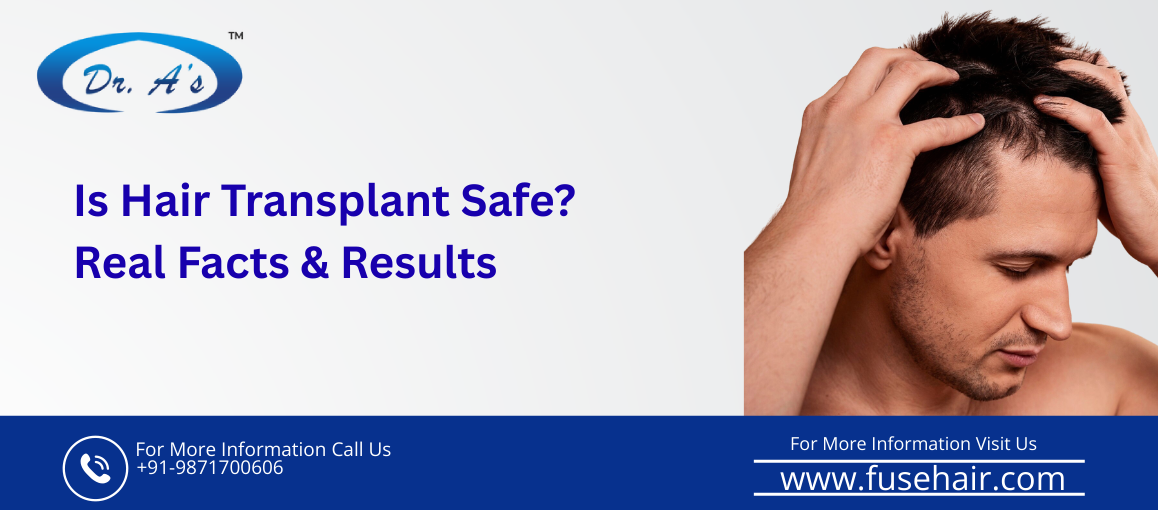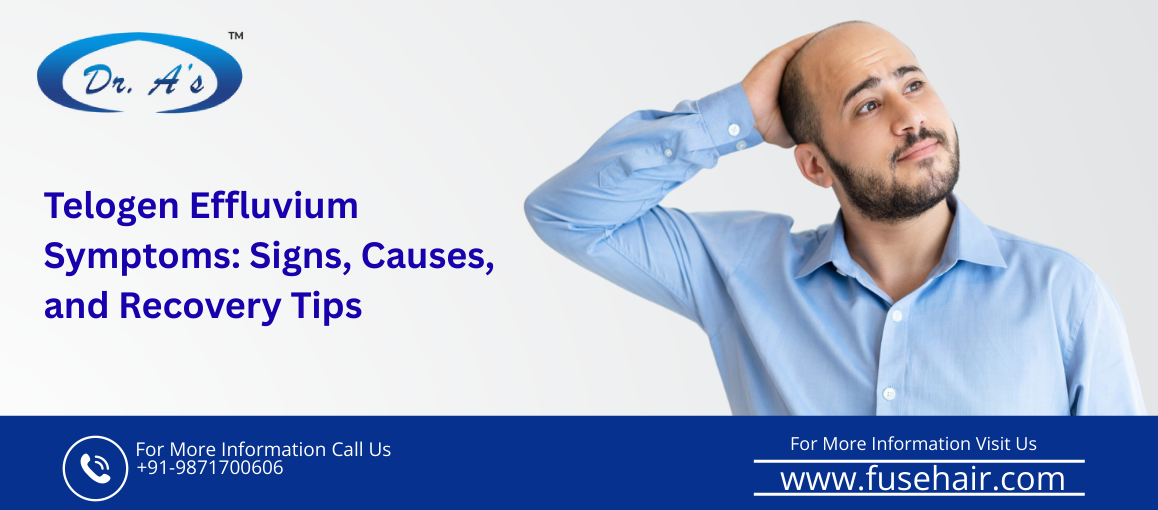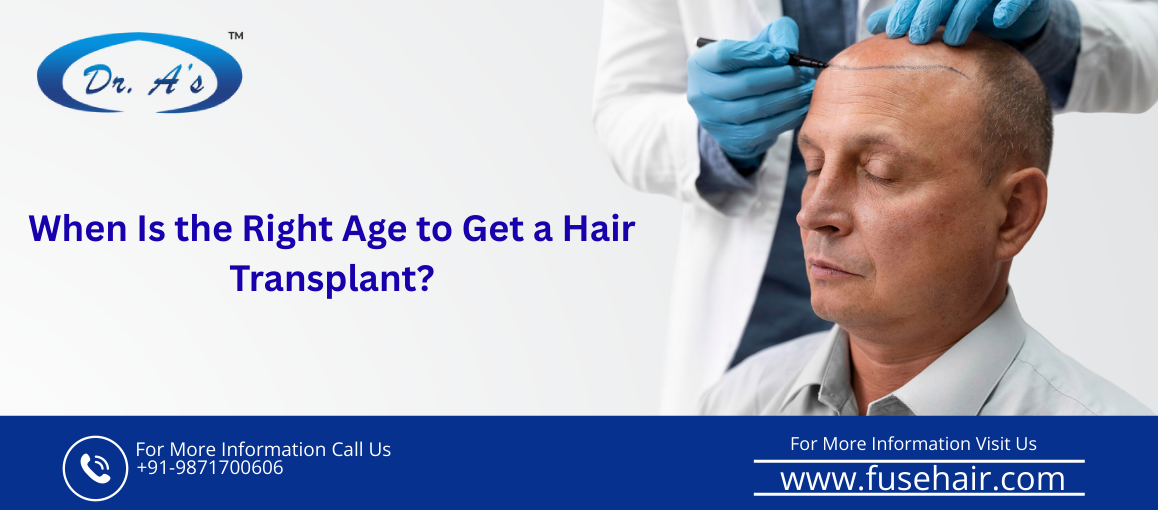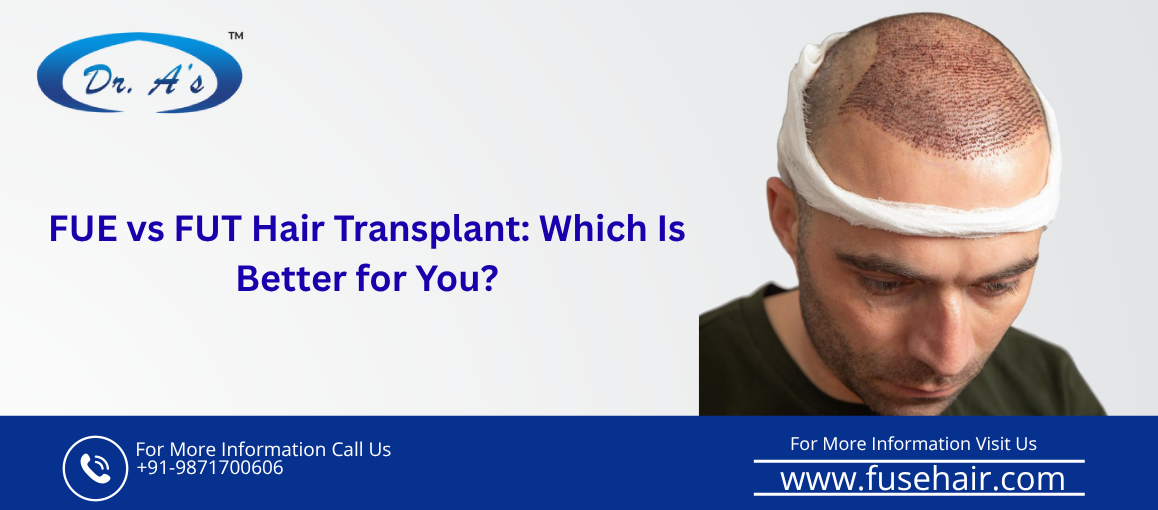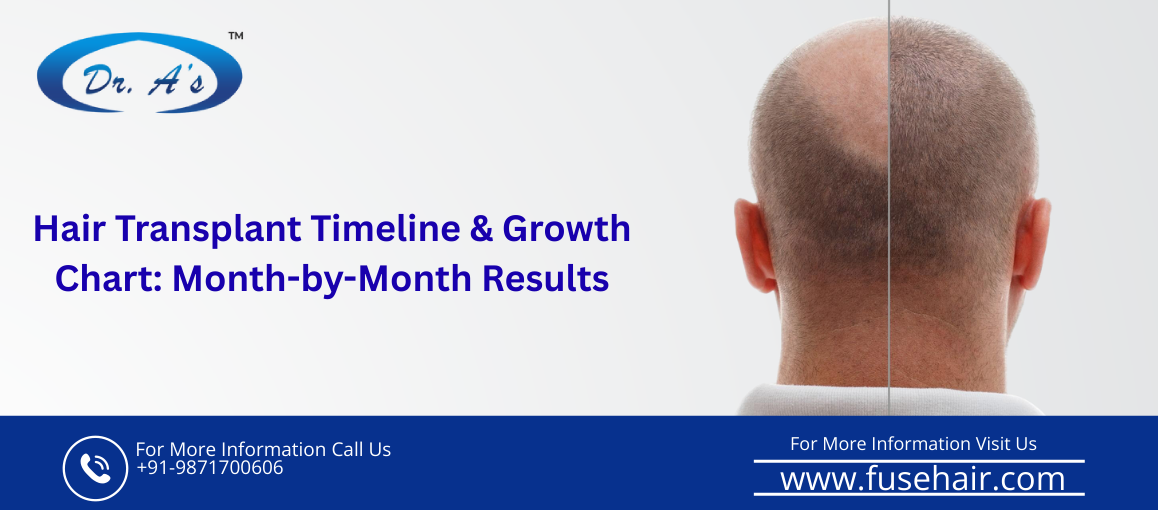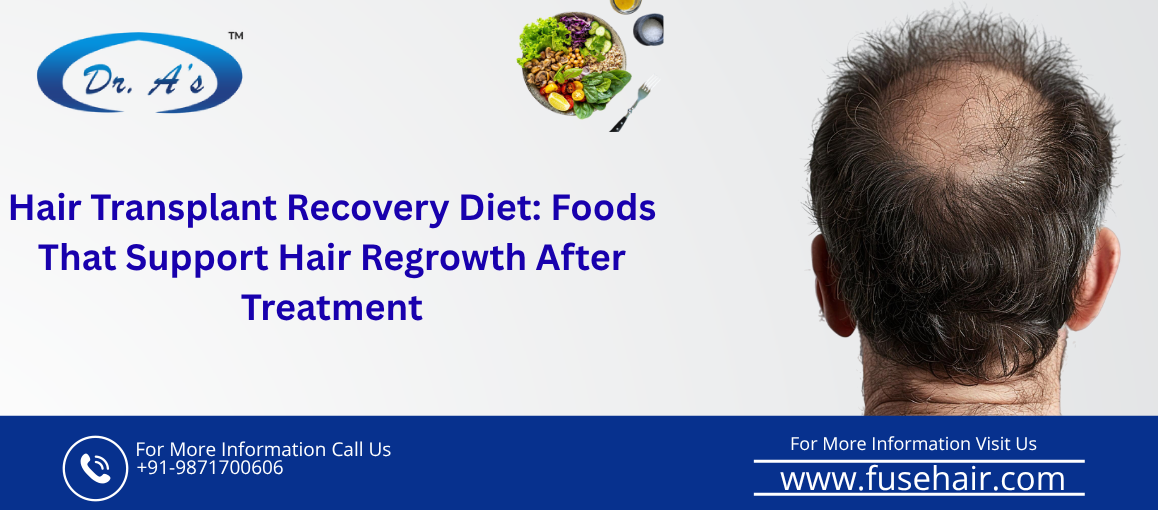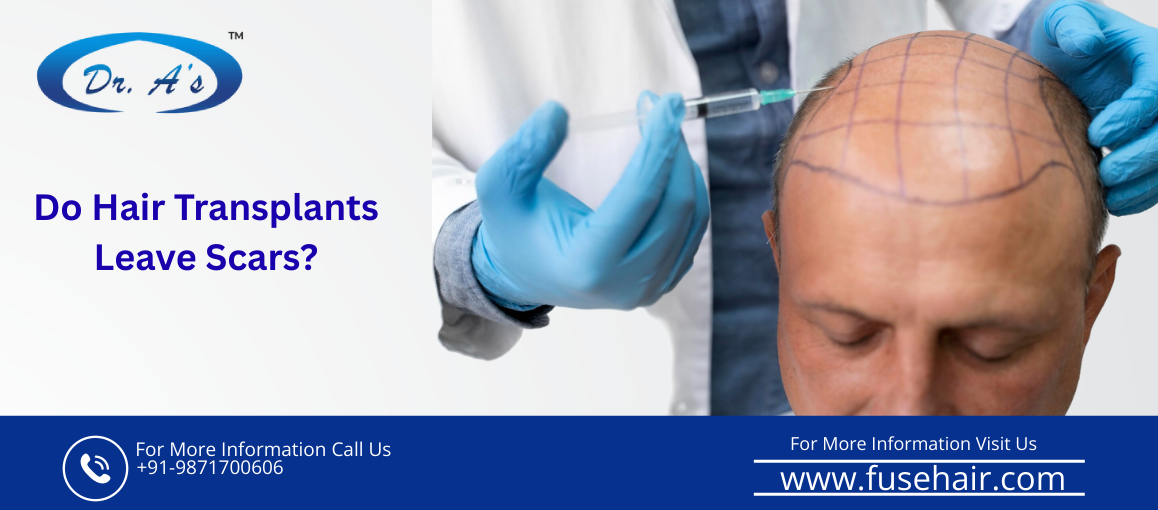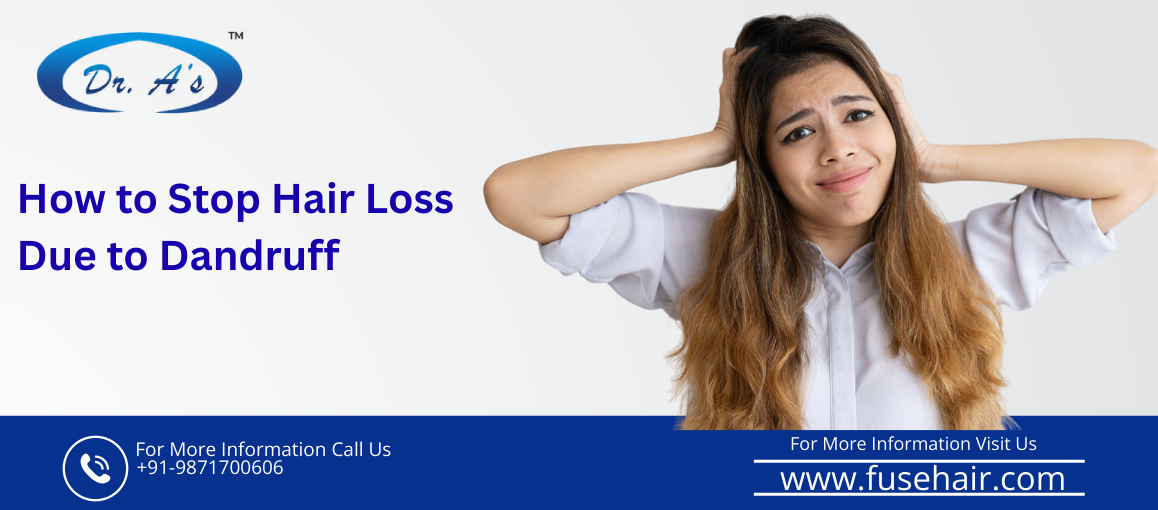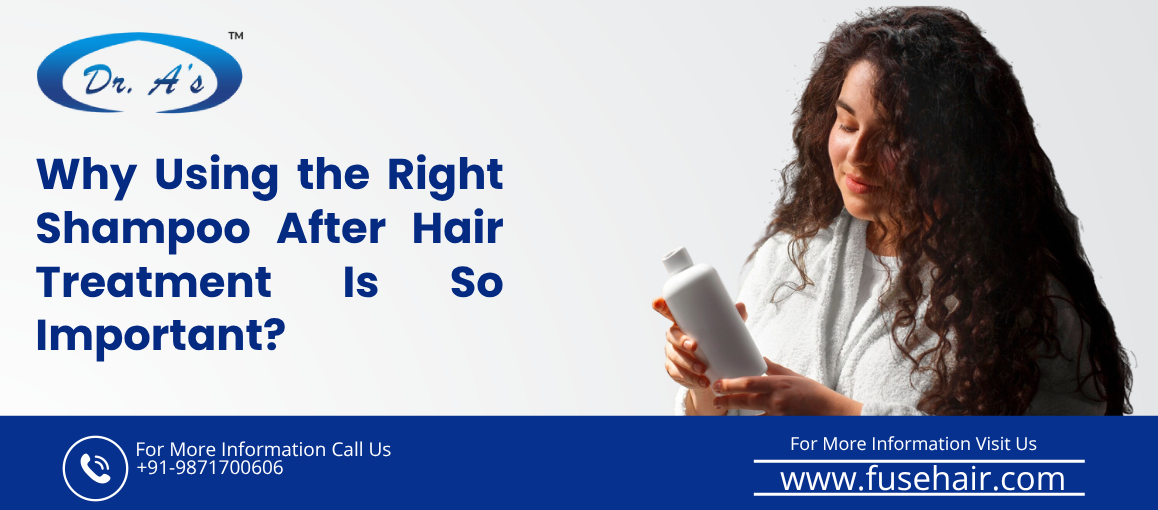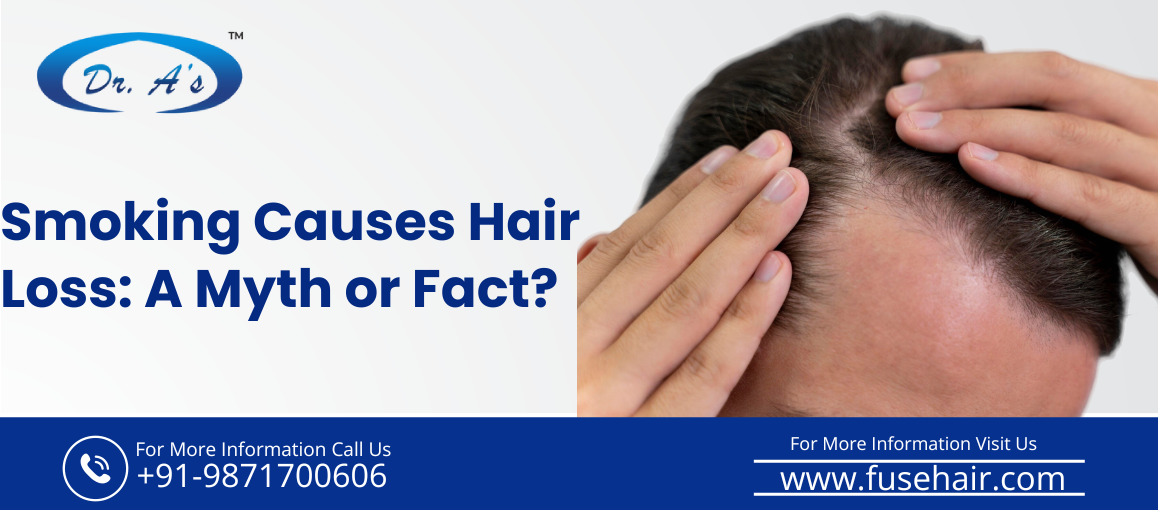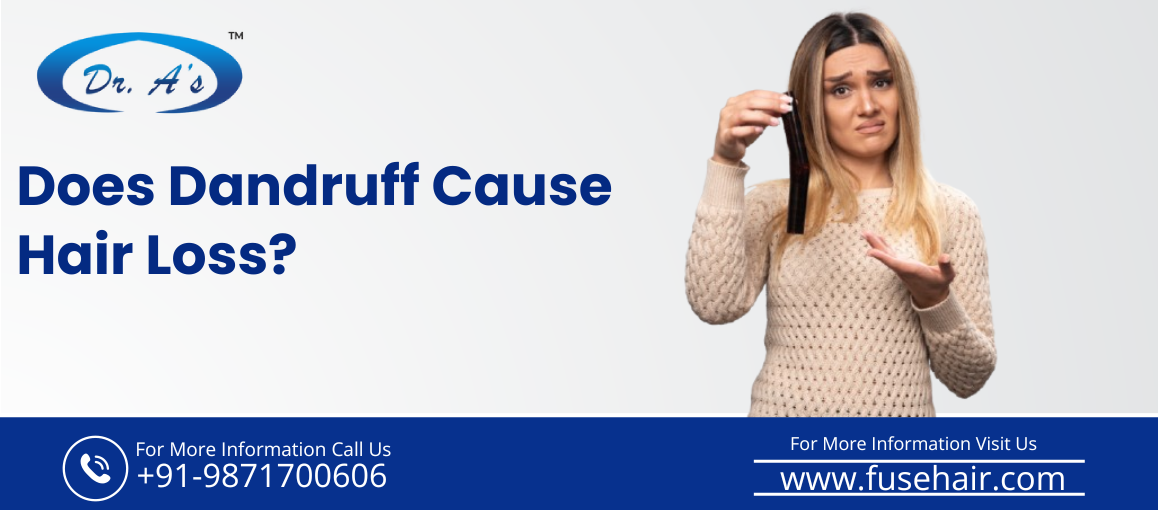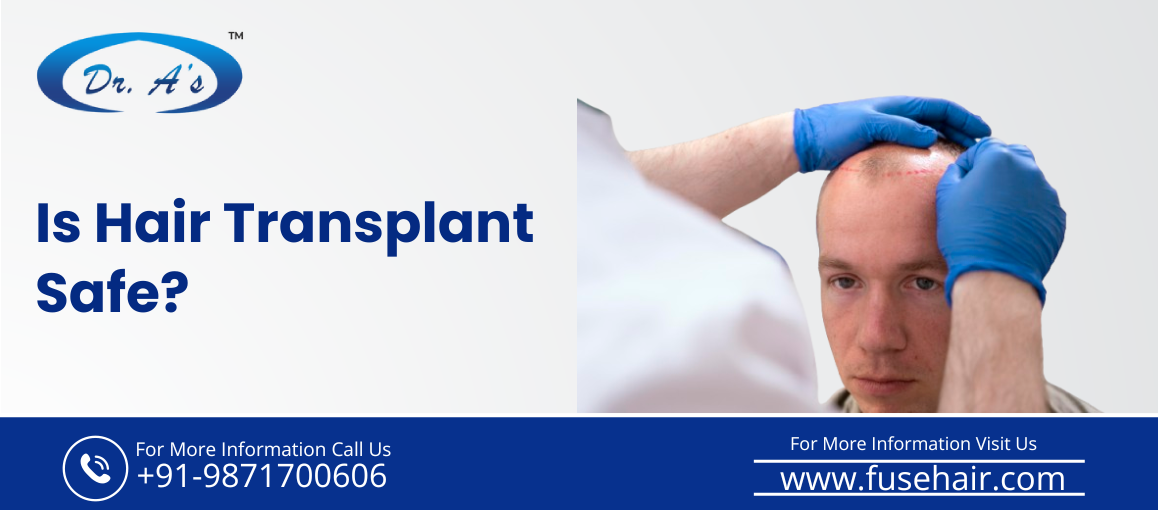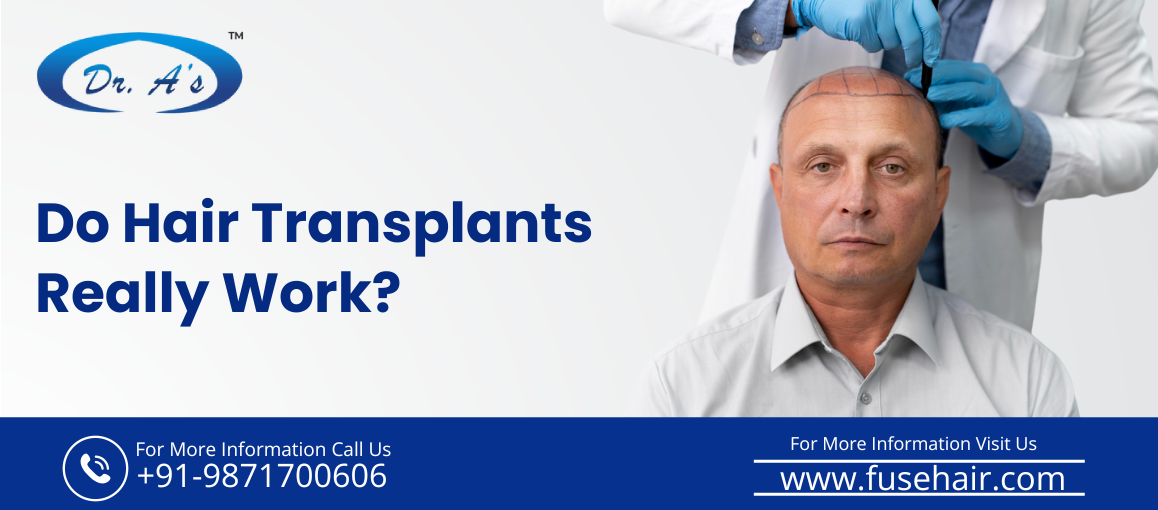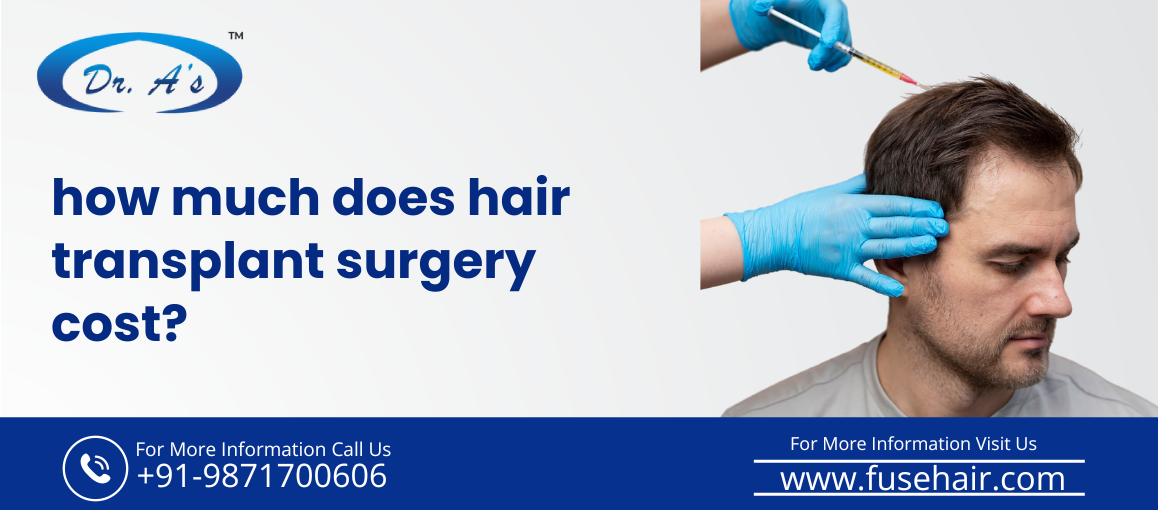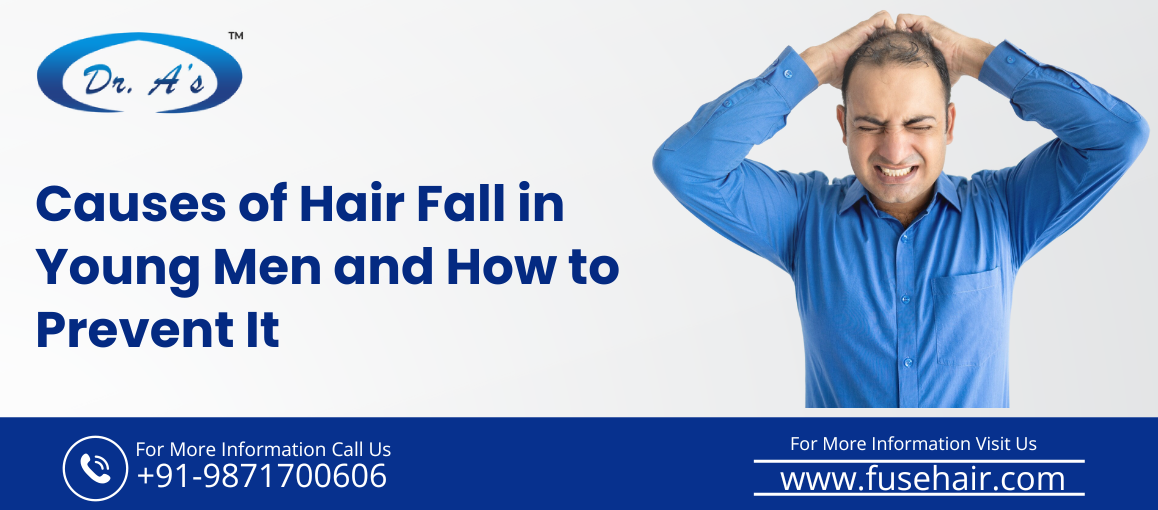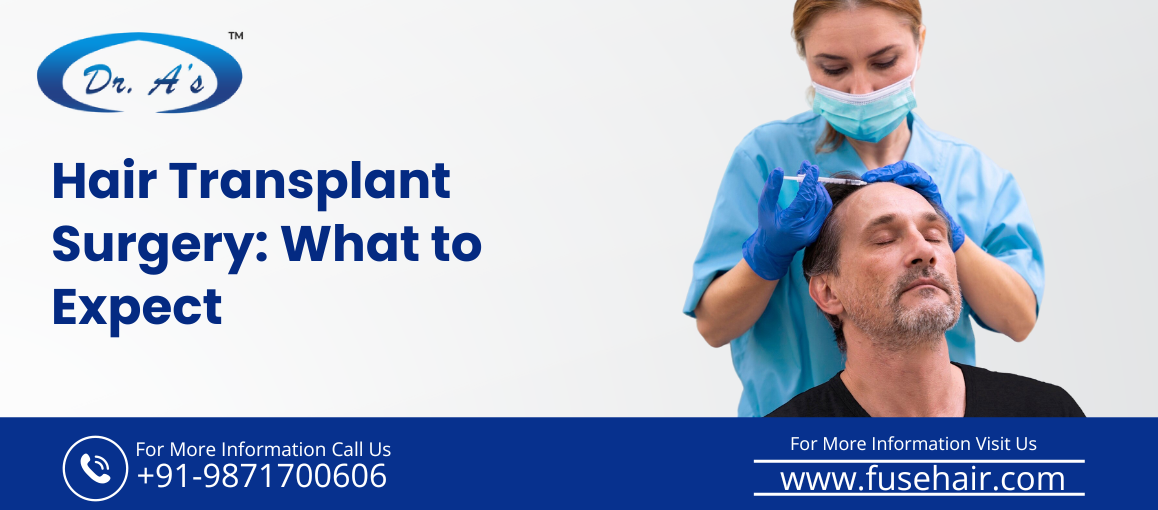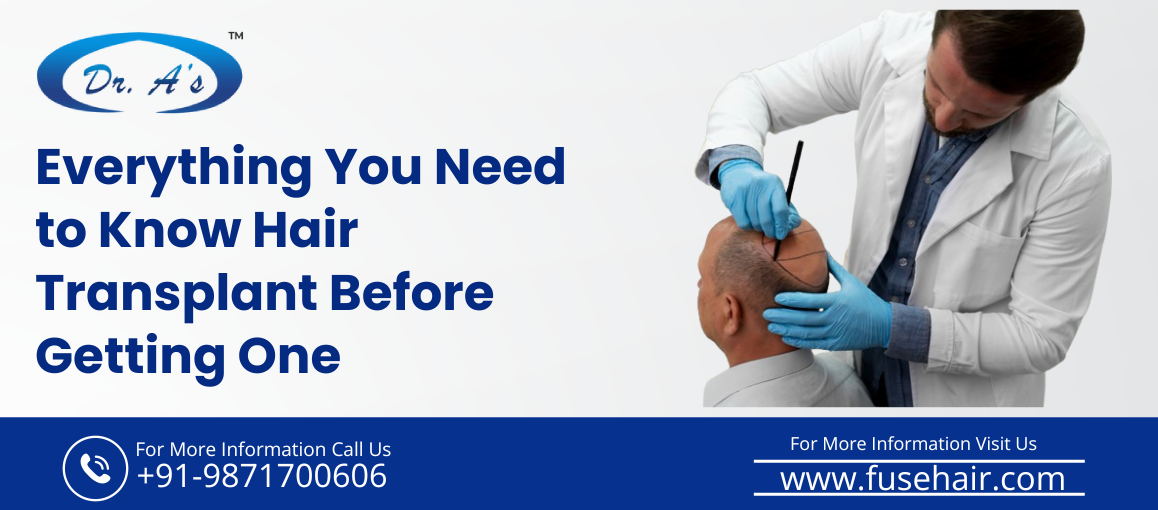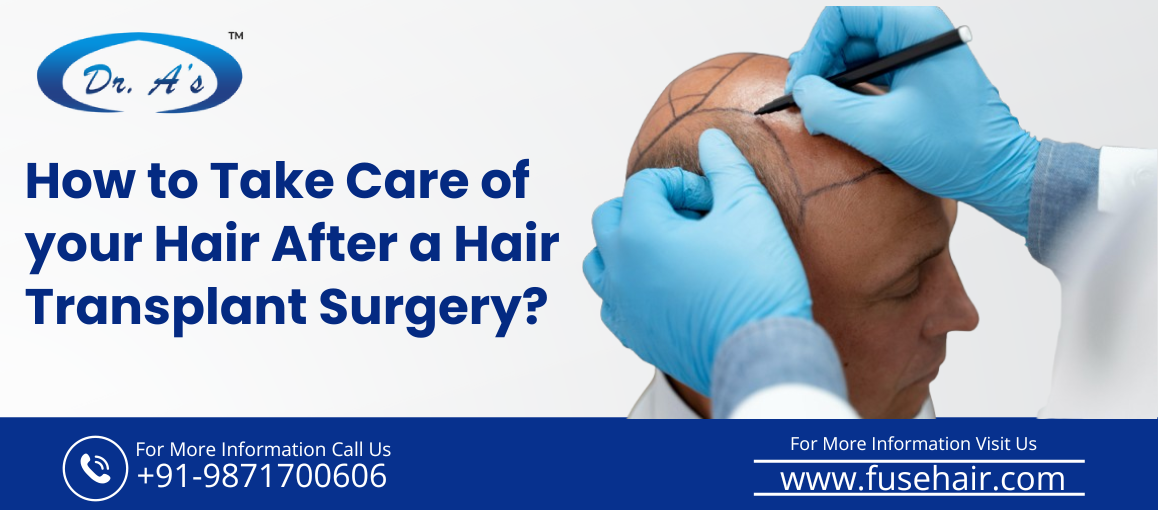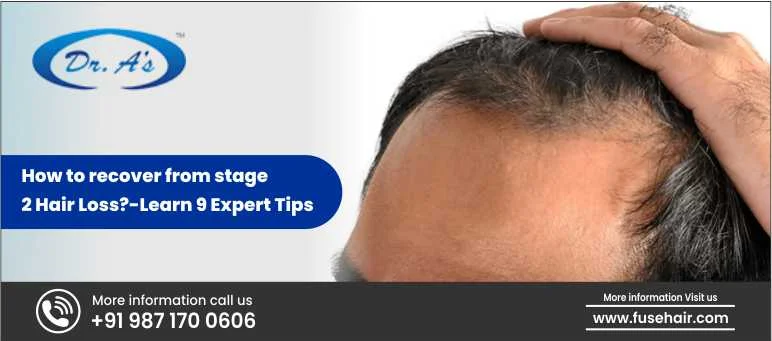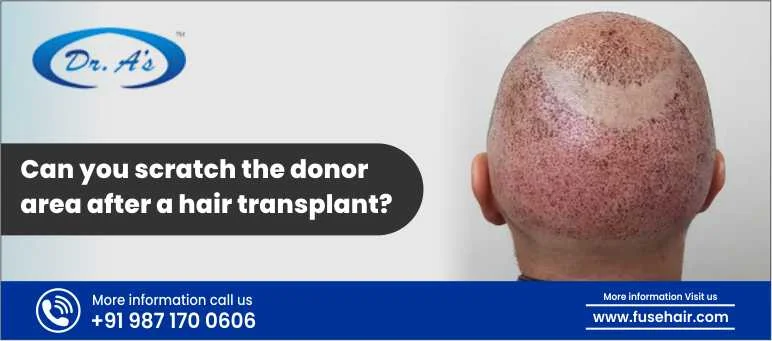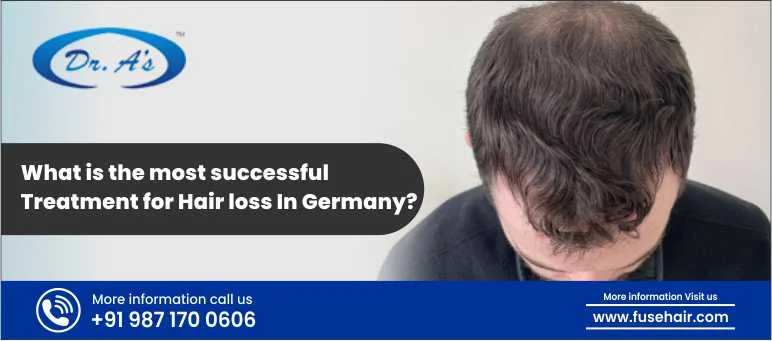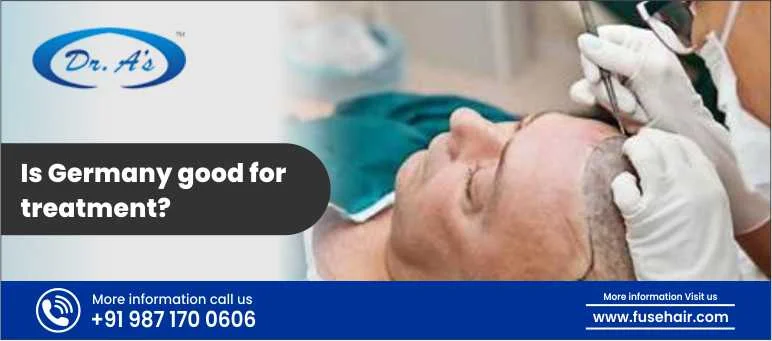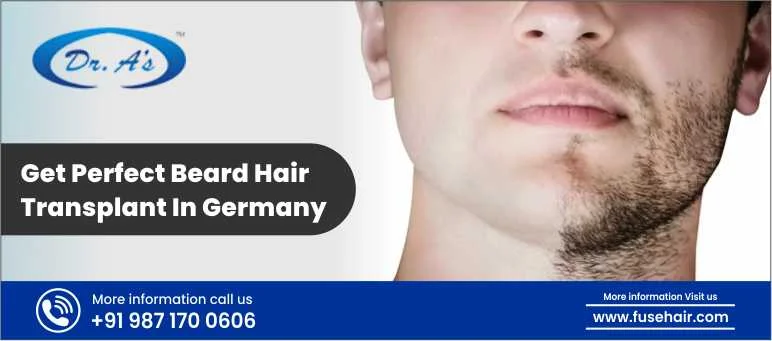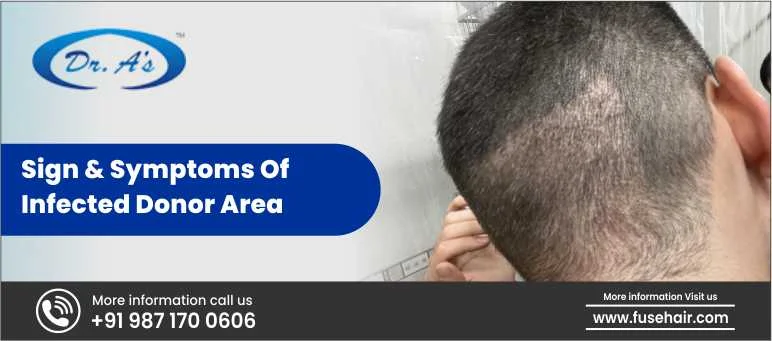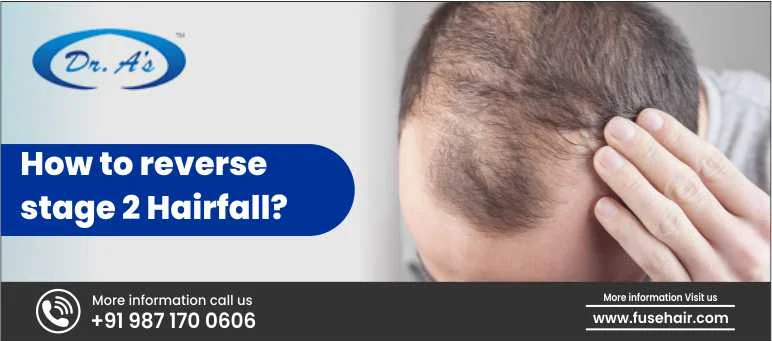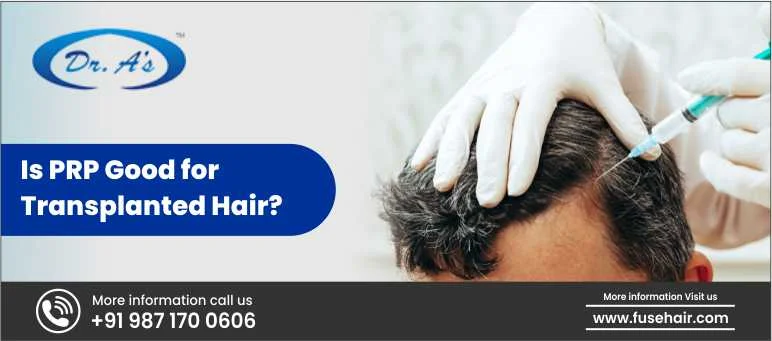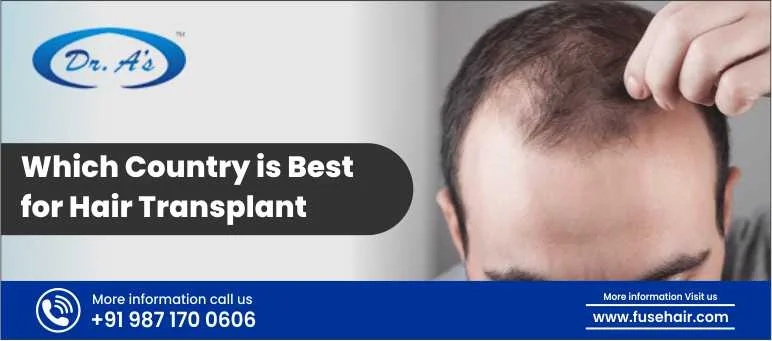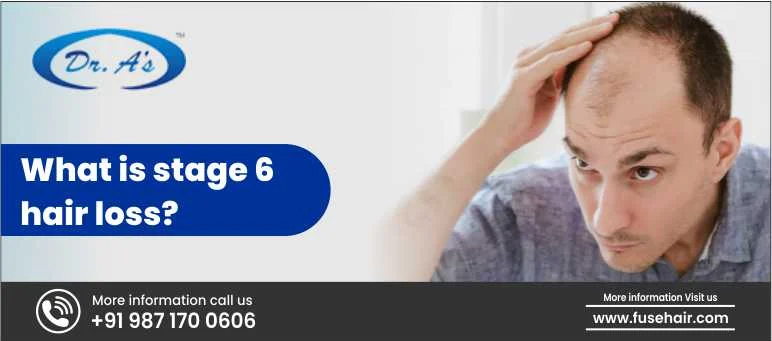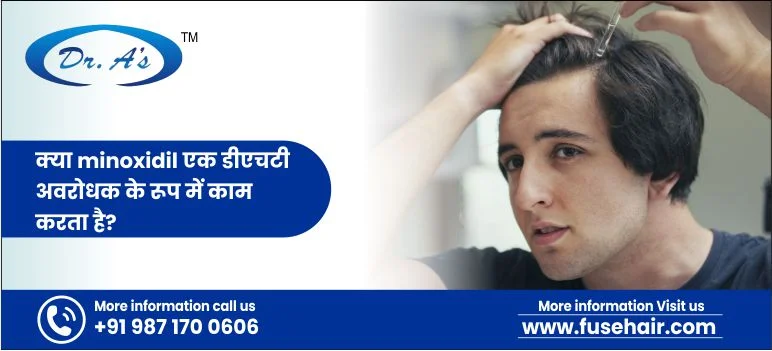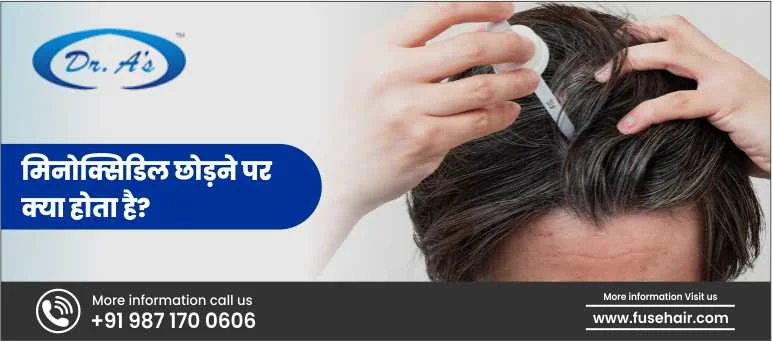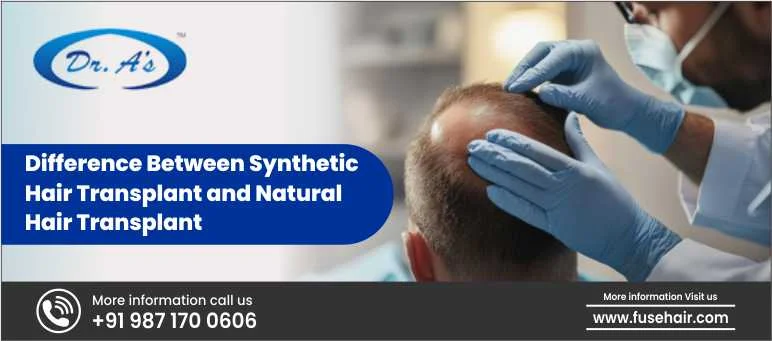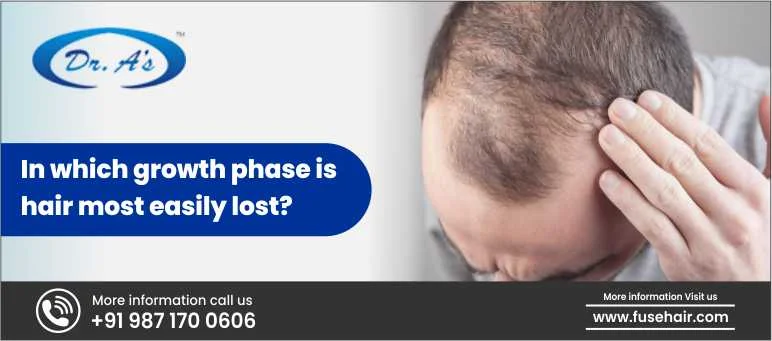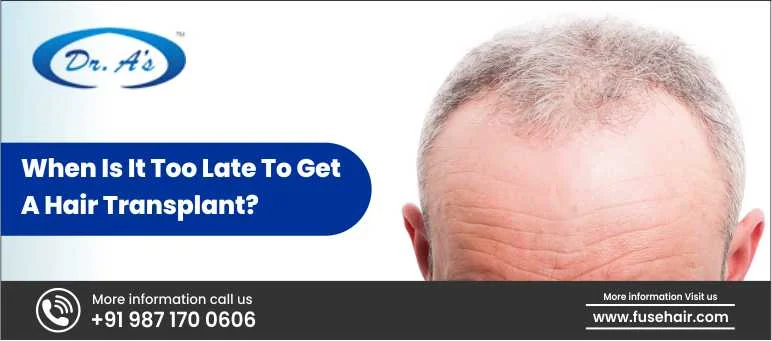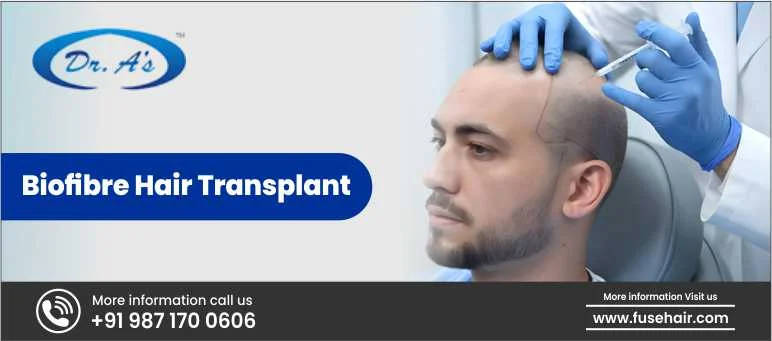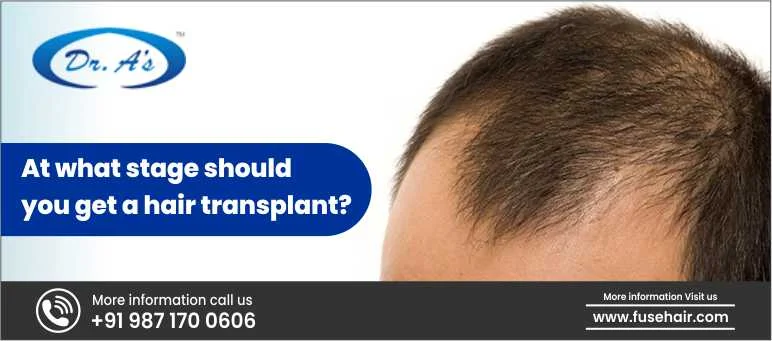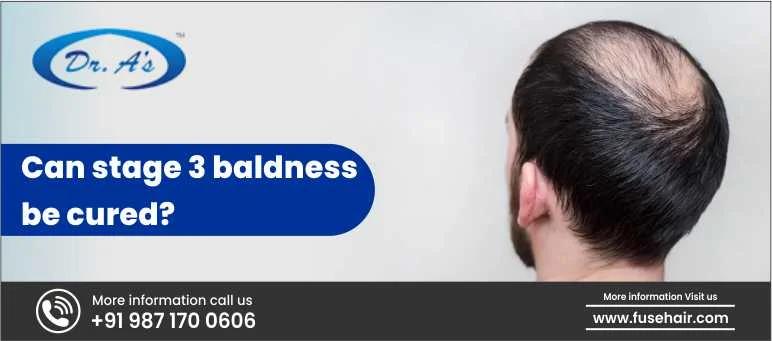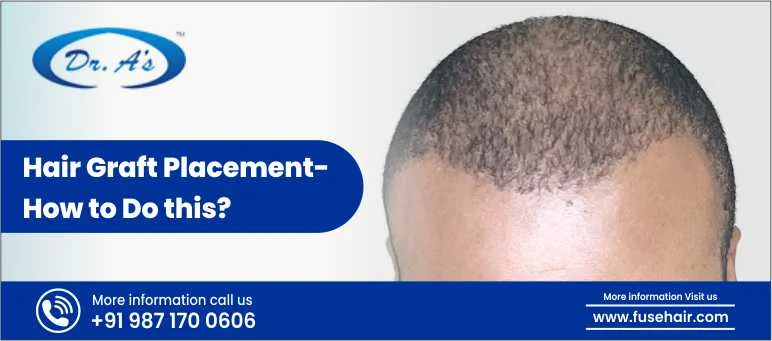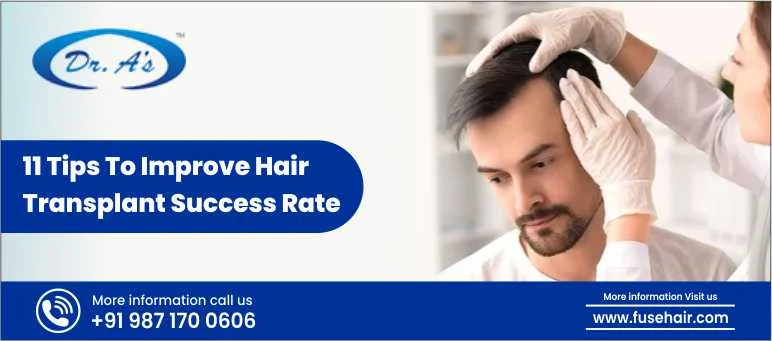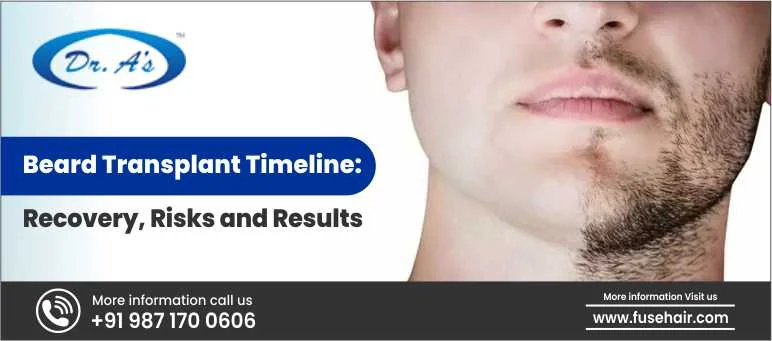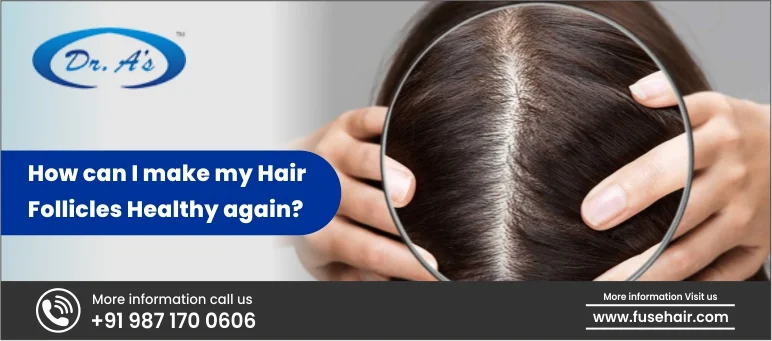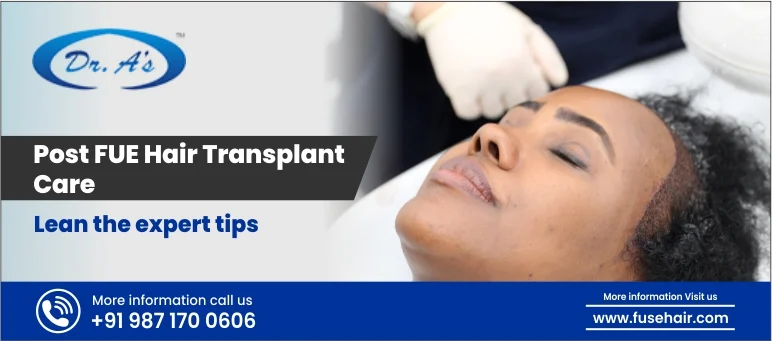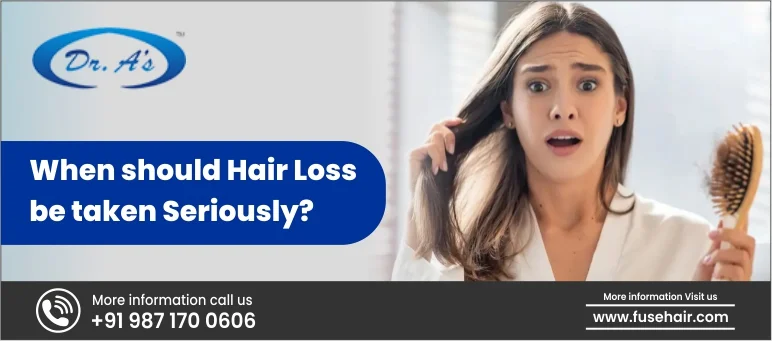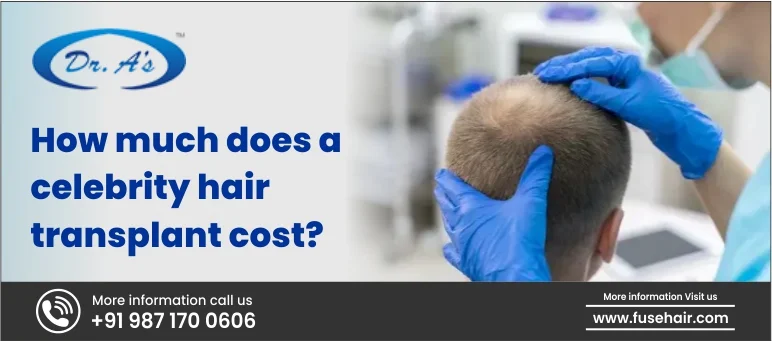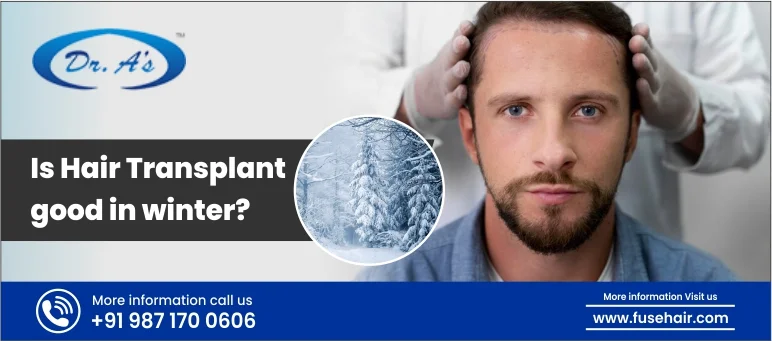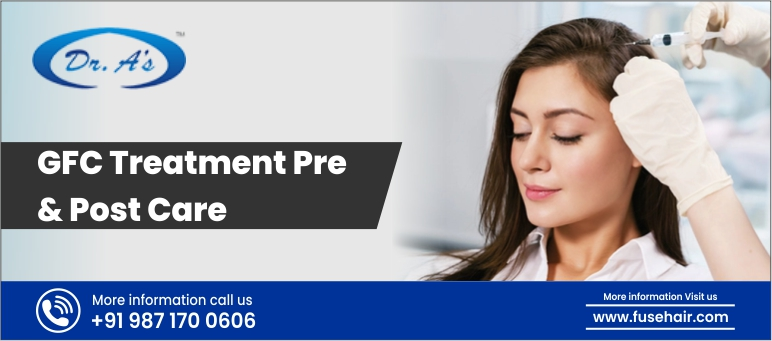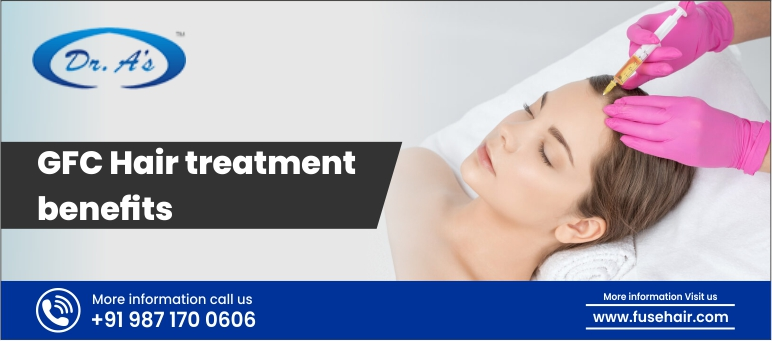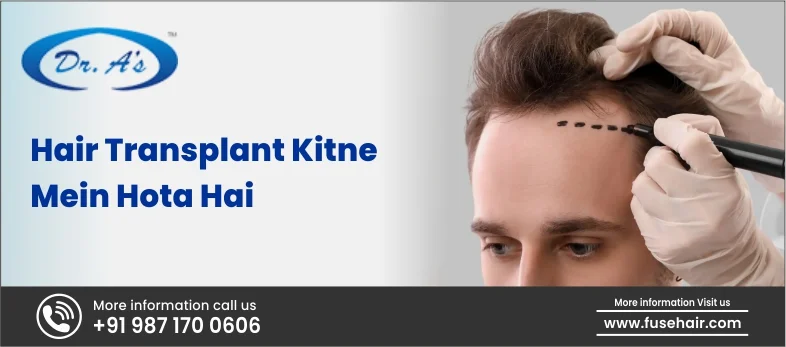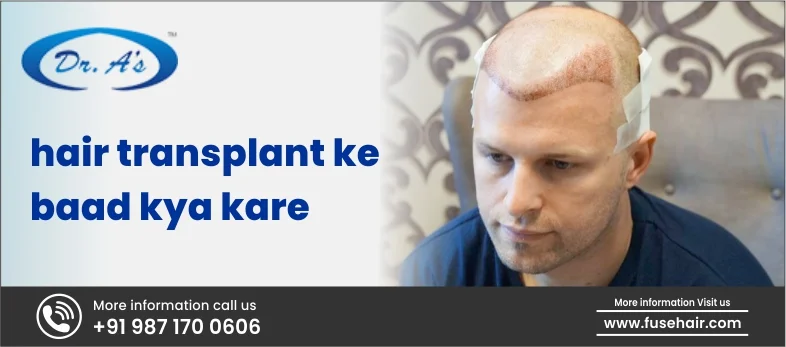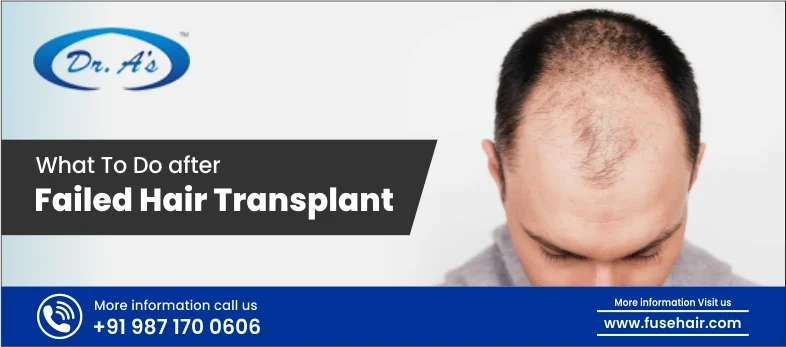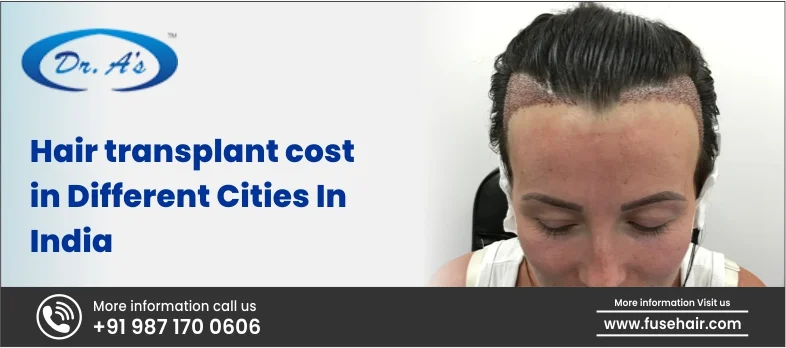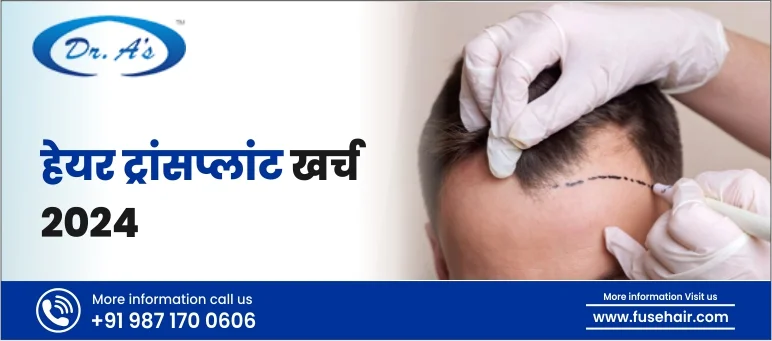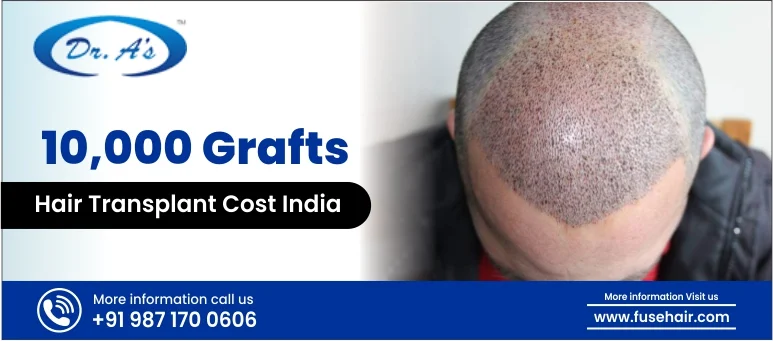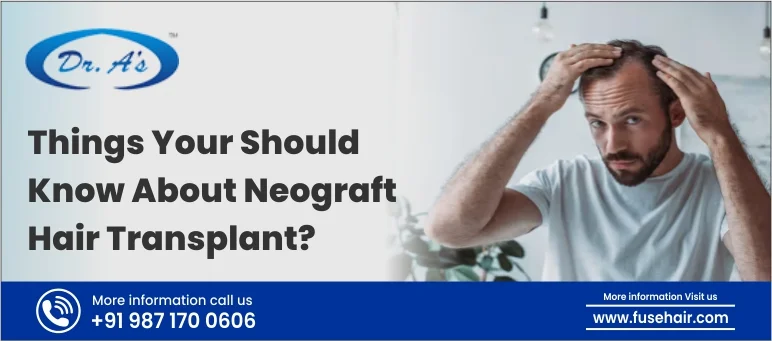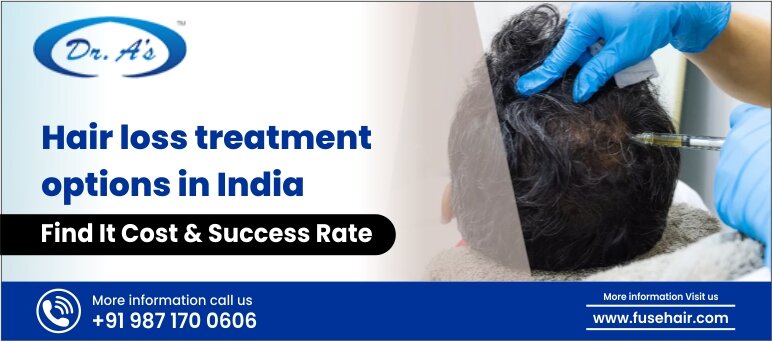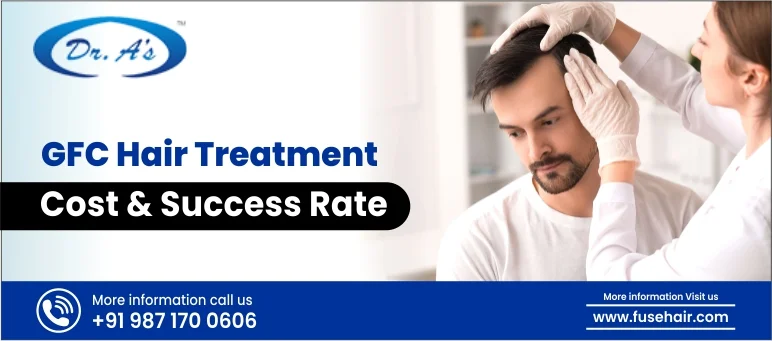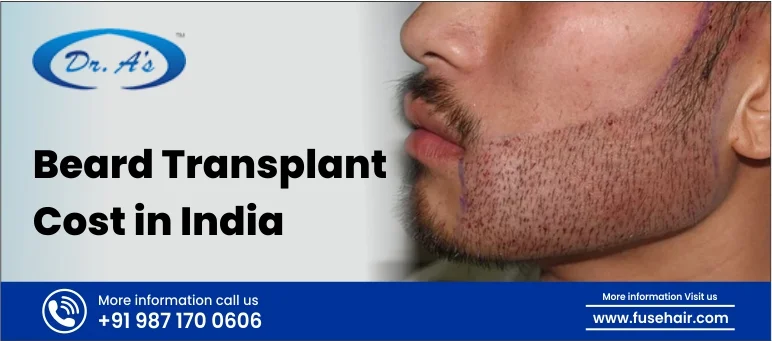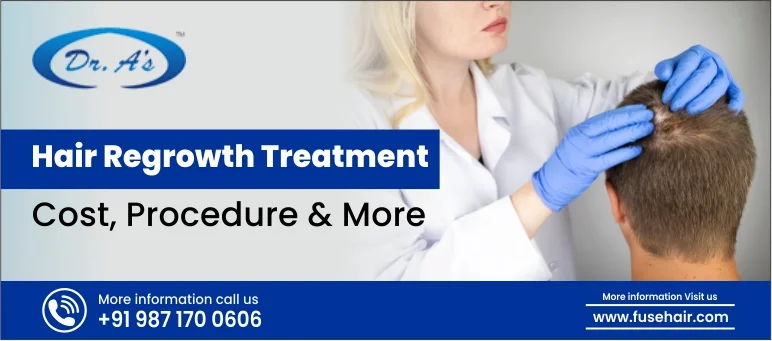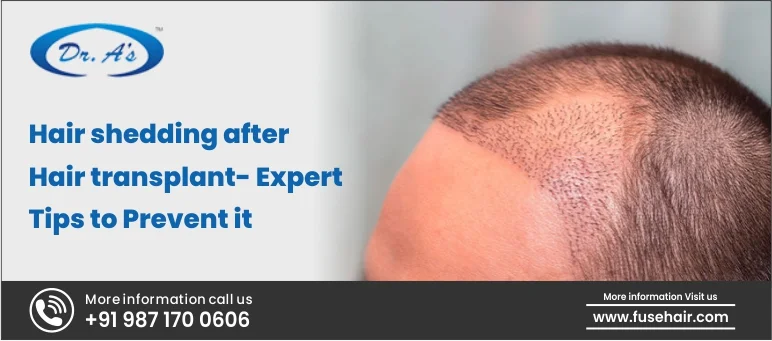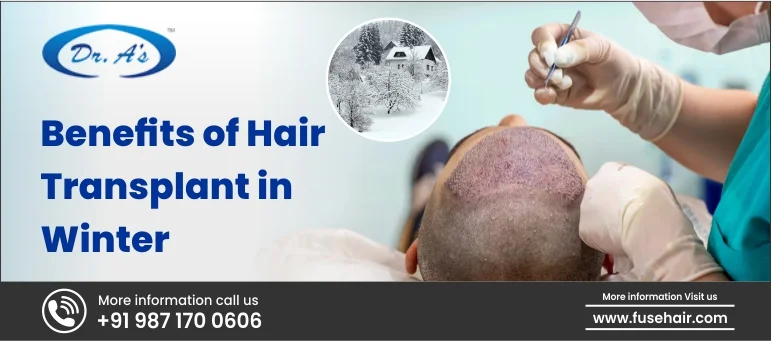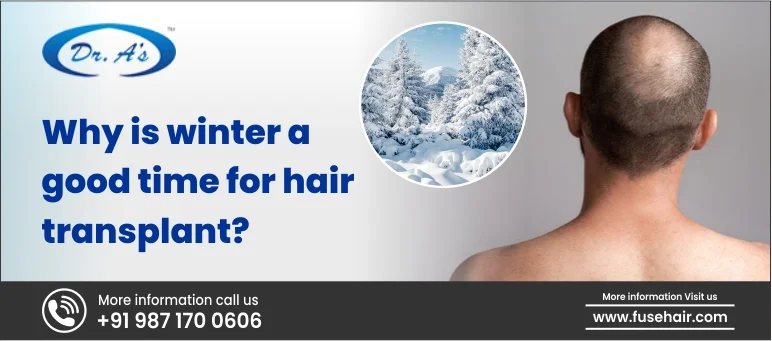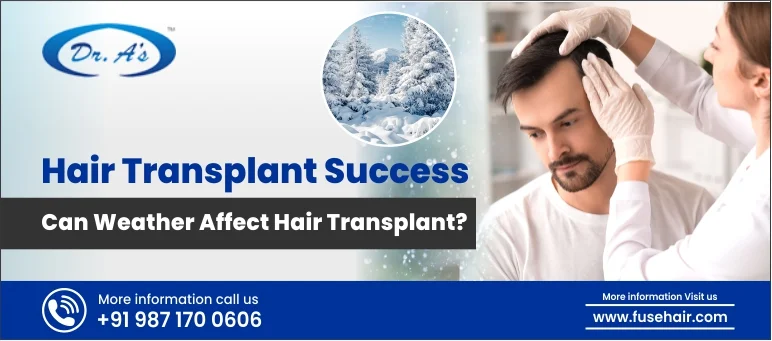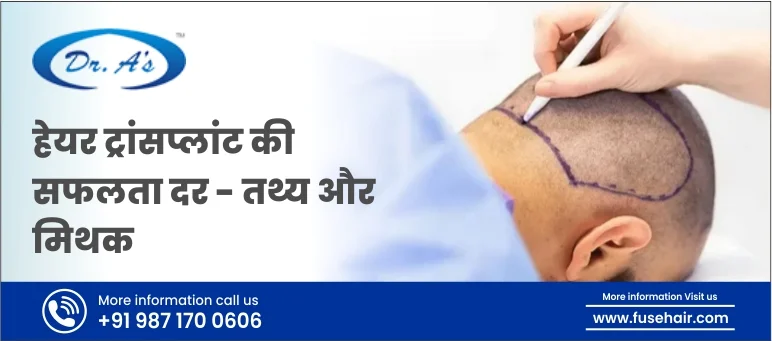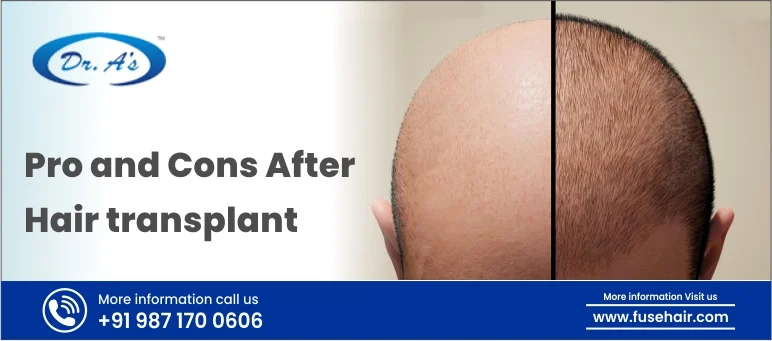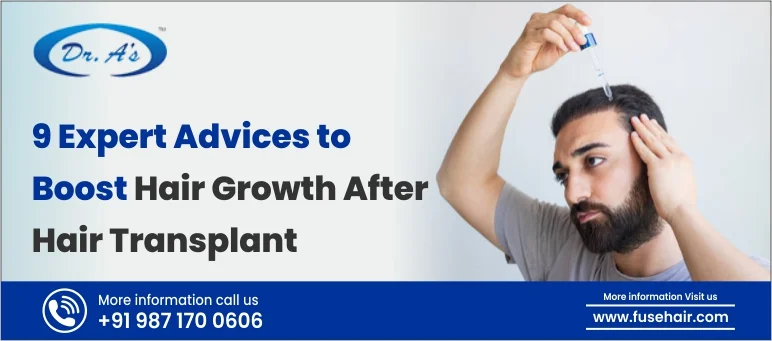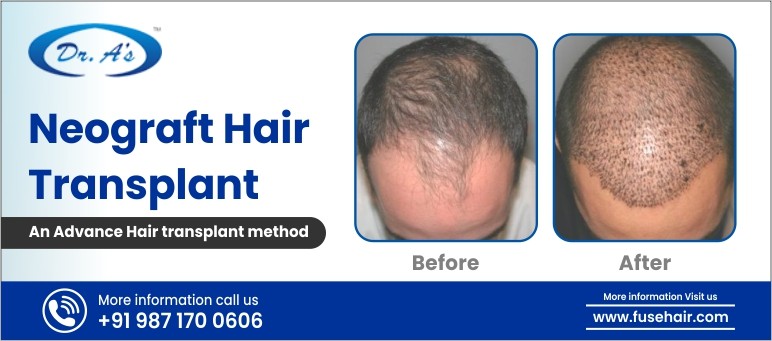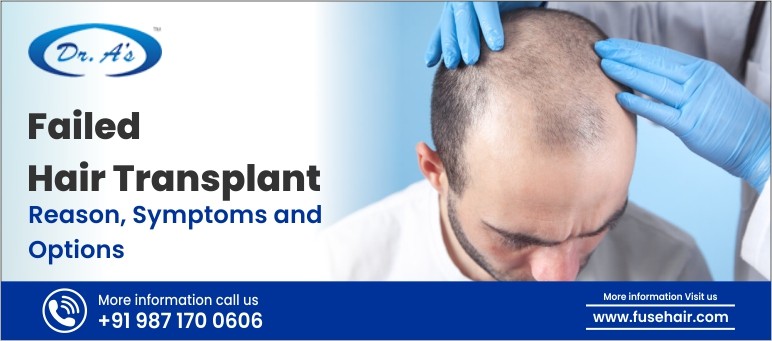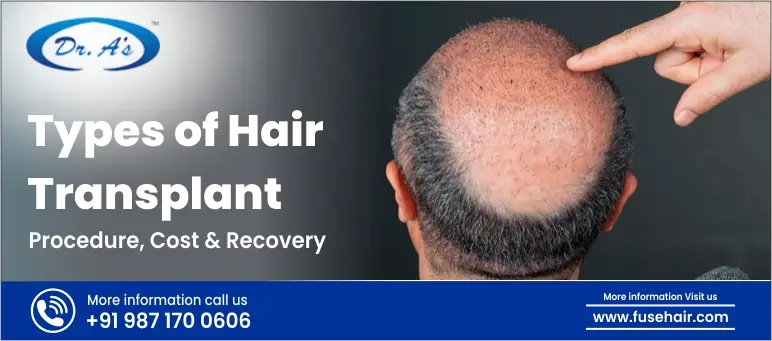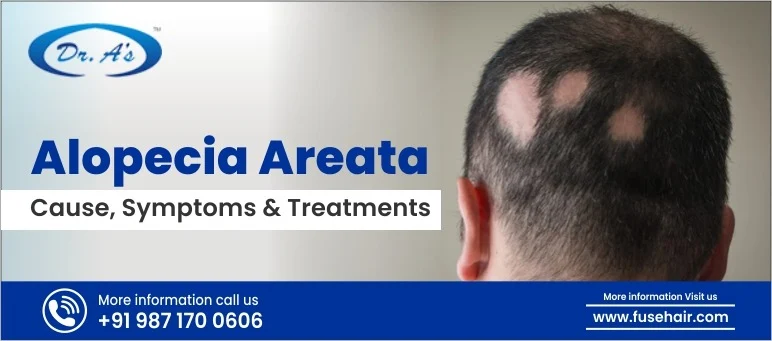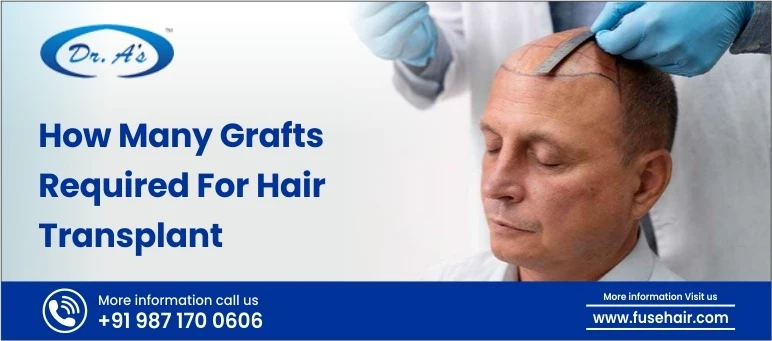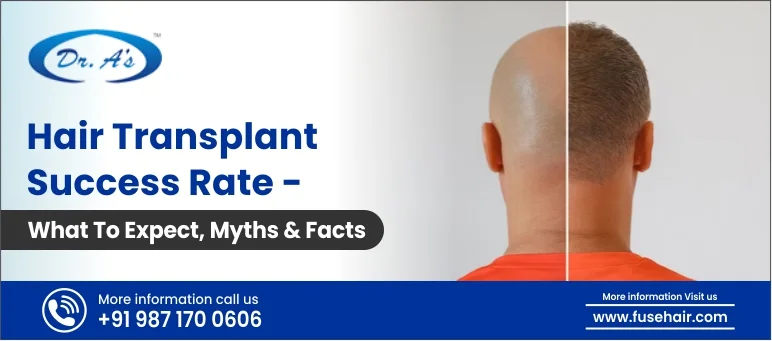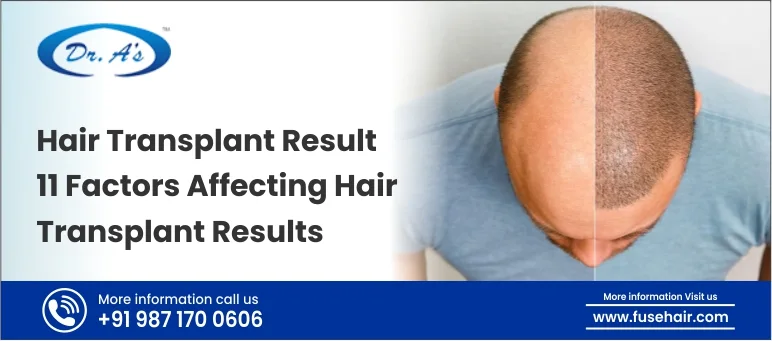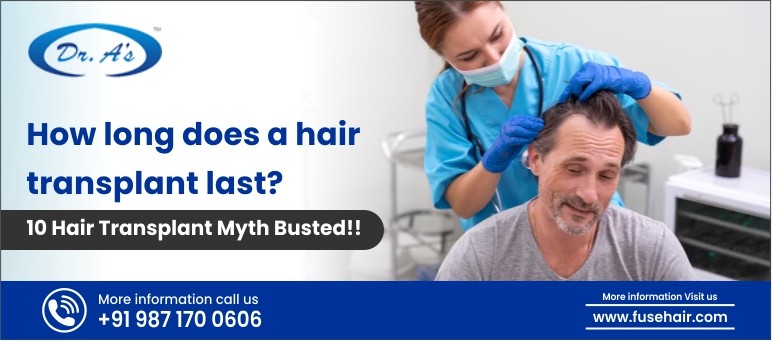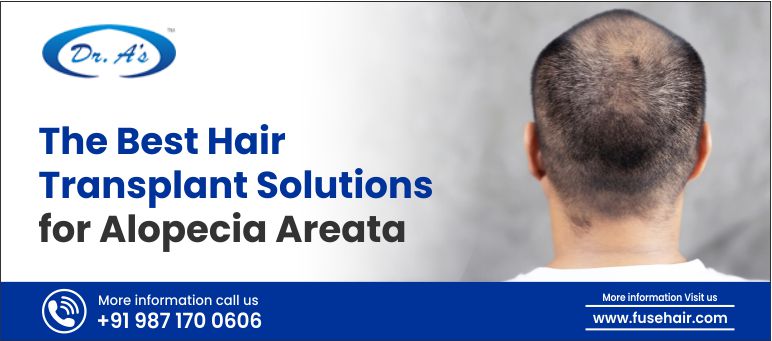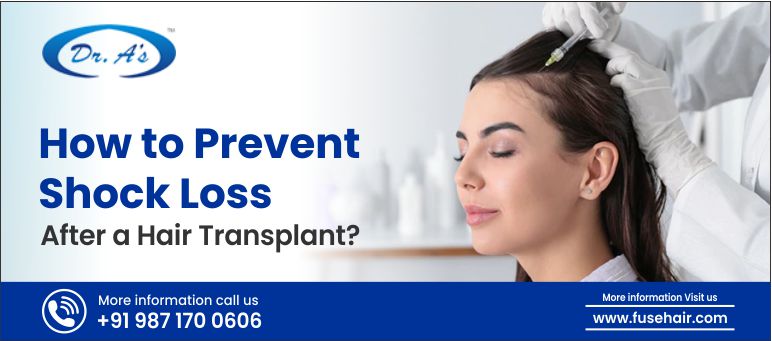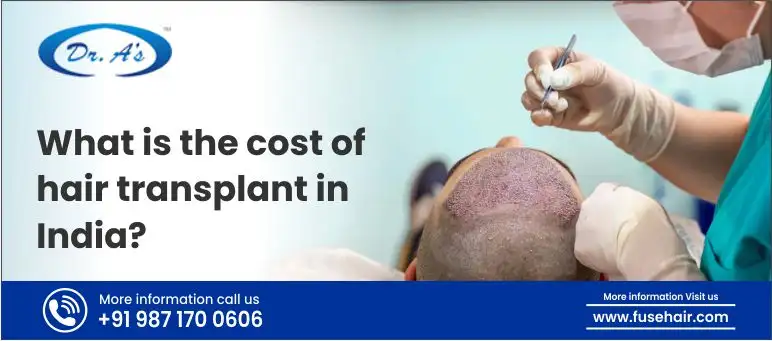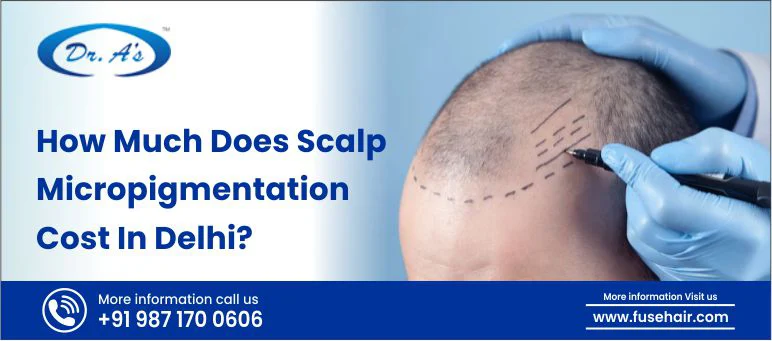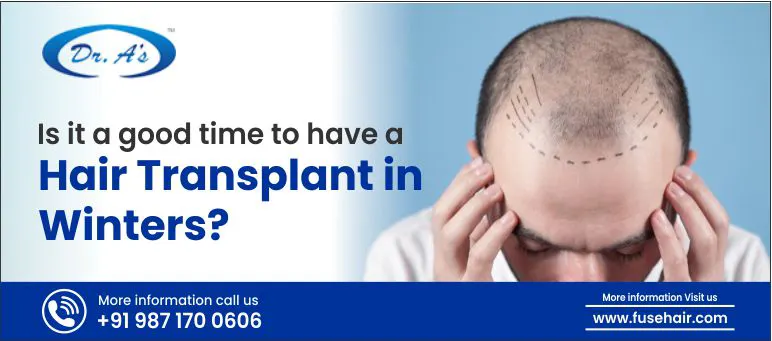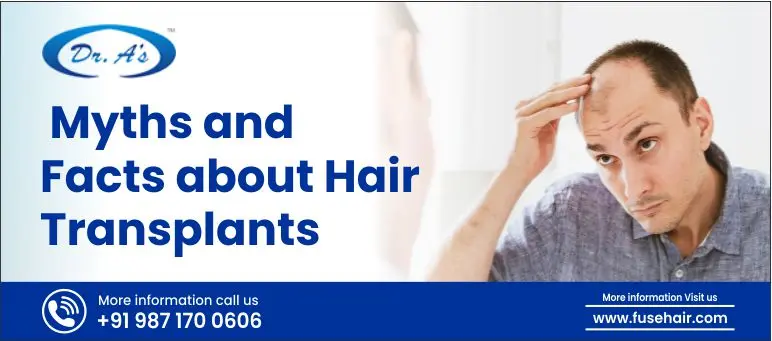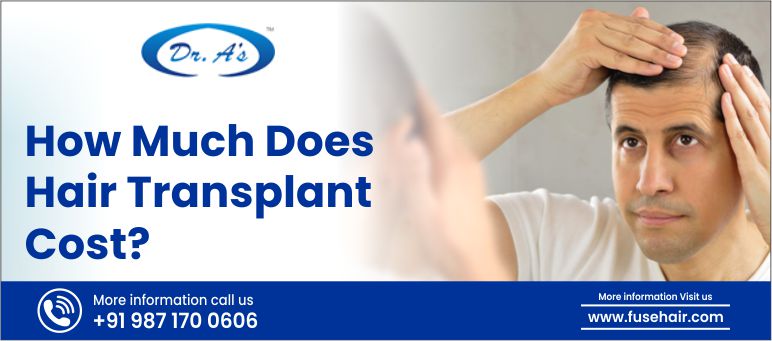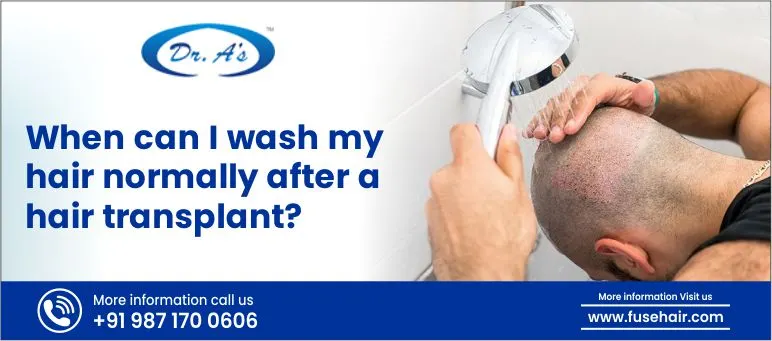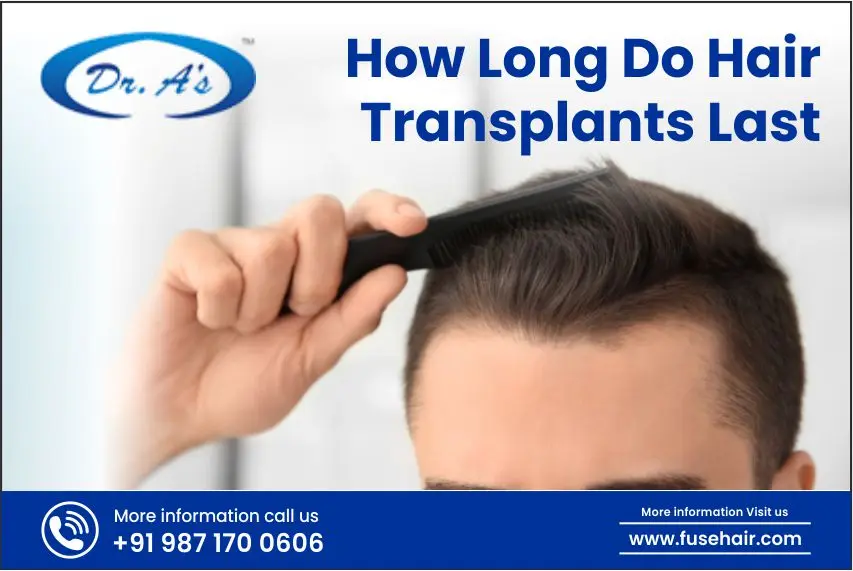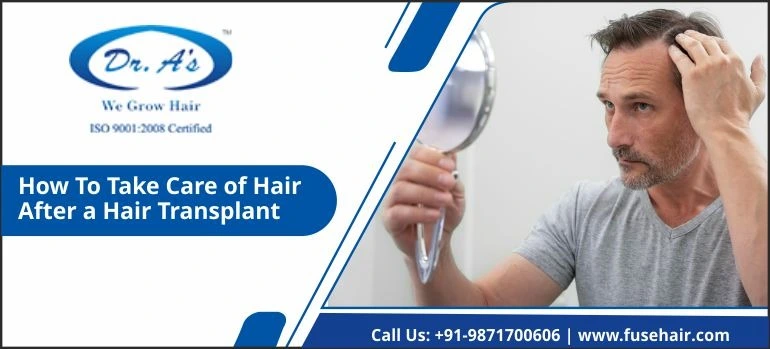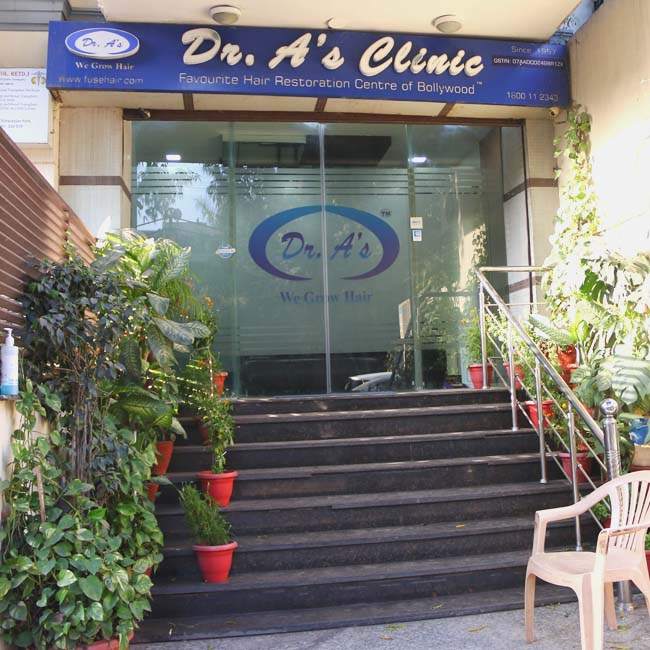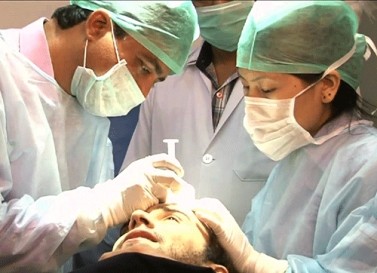
Hair loss can be alarming, especially when it happens suddenly and in large amounts. If you’ve caught yourself losing clumps of hair in the shower or hair thinning on your scalp, you may be experiencing telogen effluvium (TE). It is a temporary disruption to the growth cycle of the hair that is typically caused by stress, illness, hormonal shift, or malnourishment.
However, the good news is that telogen effluvium is reversible. With good care, patience, and professional consultation, your scalp can recover and return to its normal growth pattern.
At Dr. A’s Clinic, our individualized treatment regimens and expert consultation lead you through the process of recovery, restoring not just your hair but also your confidence.
So, let’s begin by knowing what telogen effluvium does to your hair and how you can recover from it.
How Telogen Effluvium Works on Your Hair?
Telogen Effluvium is a condition where a greater proportion of hair follicles shift from the growth (anagen) stage to the resting (telogen) stage prematurely. A stressor to the body usually triggers this shift, and it can be physical (like surgery, illness, or postpartum), emotional (stress or anxiety), or nutritional (deficiencies). Under normal circumstances, about 10-15% of your hair is in the telogen phase. But with TE, this ratio increases significantly, and shedding becomes noticeable.
The hair doesn’t simply shed from the roots all at once. Instead of shedding hair right away, you typically notice increased hair loss about 2-3 months after the triggering event. Shedding is diffuse, i.e., everywhere on the scalp and not patchy. Though terrifying, Telogen Effluvium is rarely followed by complete baldness. It’s a signal that your body is readapting, and while distressing, it’s almost always reversible with good care and attention.
At Dr. A’s Clinic, we offer effective diagnosis and treatment of telogen effluvium handled through individualized solutions that will best suit your needs. With more than 20 years of experience, Dr. Arvind Poswal will effectively cure the condition and help bring your hair back to its normal growth cycle.
Tips to Protect Hair During Telogen Effluvium
Recovering from TE is a process. There is no magic pill, but there are several ways to help your hair heal and slow down excessive shedding. The secret is to stay consistent, be patient, and prioritize self-care. Below are the best professional-approved tips on how to take care of your hair during this vulnerable period.
Eat a Nutrient-Dense, Hair-Friendly Diet
Your diet is crucial to healing from Telogen Effluvium, where your body loses hair growth due to stress. Since fundamental nutrients are channeled towards vital organs, your hair has to be provided with extra attention through diet. Eggs, lentils, milk, and lean meats are certain foods rich in protein that restore keratin, the structural protein that your hair lacks when suffering from TE.
Iron and zinc play a key role in cell renewal and follicle strength, both of which become weakened by TE, so include spinach, red meat, and seeds. Vitamin D and biotin have also been known to activate resting follicles, helping to reverse TE-induced shedding. And omega-3s in fish, flaxseeds, and walnuts fight inflammation in the scalp, creating a healthier environment for regrowth after TE.
Be Gentle With Your Hair
In Telogen Effluvium, your hair follicles are already resting and compromised, so they’re more prone to excessive shedding. That’s why gentle handling becomes essential. Avoid rough brushing, especially when wet, because TE-affected hair is ridiculously sensitive to breakage. Use a wide-tooth comb and start detangling at the ends, working upwards. Switch to harsh cotton towels with microfiber, which reduces friction and breakage in fragile TE-vulnerable hair.
Pat dry, don’t rub, to reduce the risk of further falls. Tight styles like braids or ponytails can place additional stress on already strained follicles, worsening shedding. Use loose styles and sleep on silk or satin pillowcases to prevent additional mechanical damage. Be gentle with your hair, because during TE, it really is.
Don’t Use Heat Styling and Harsh Chemical Treatments
Your hair is already under stress internally due to Telogen Effluvium and is thus more prone to external damage. Heat or chemical use only delays recovery and speeds up shedding. Appliances like blow dryers, curling irons, and flat irons strip already compromised TE-affected hair of its moisture content, leading to additional breakage. If styling is unavoidable, utilize the lowest heat setting available and always employ a heat protection product to minimize damage.
Chemical processes such as coloring, bleaching, or straightening continue to compromise the weakened hair shaft during TE. It is best avoided until regrowth stabilizes. For coloration of grays, utilize gentler methods such as henna or ammonia-free dyes. In Telogen Effluvium, what one tries to achieve is to prevent the hair one has and stimulate healthy growth.
Prioritize Scalp Care
In treating Telogen Effluvium, your scalp needs to be treated with extra care because it’s the ground where healing begins. A neglected and irritated scalp can interfere with follicular healing and cause more shedding. Wash with a mild, sulfate-free shampoo to cleanse without stripping away natural oils, especially since TE-prone scalps tend to be sensitive. Balance washing, as over-washing can dry out your scalp, while under-washing leads to buildup that strangulates already stressed follicles.
Massages for your scalp are especially useful during TE since they boost blood and nutrient delivery to weakened follicles. Use them together with rosemary, peppermint, or coconut oil, which are all documented to stimulate TE-weakened follicles. Avoid heavy, pore-blocking styling products that suppress regrowth. A clean, unstressed scalp is your best place to begin telogen effluvium recovery.
Manage Stress Effectively
Stress and Telogen Effluvium tend to feed each other in a vicious cycle. Emotional distress, chronic worry, or insidious stressors can raise cortisol levels, directly disrupting the hair cycle and worsening TE. Stress management is thus essential not just for psychological tranquility but also for physical scalp recovery. Mindfulness practices like meditation and deep breathing regulate cortisol and reduce hair fall causes.
Physical exercise, like yoga or a walk, decreases systemic stress and keeps hormonal balance, which is crucial during TE. When stress is overpowering, therapy can prevent emotional tension from becoming even more severe. Telogen Effluvium recovery is not just topical but internal too.
Sleep and Lifestyle Choices Do Make a Difference
The quality of sleep and your overall lifestyle play a big role in Telogen Effluvium recovery. Hair growth and follicle repair occur predominantly during sleep, so a lack of sleep may decelerate the healing process of your body. Attempt to maintain a consistent sleep pattern, 7 to 9 hours of uninterrupted sleep each night. Restricting bed-screening aids in controlling melatonin production, critical to the maintenance of hair growth in general but particularly so with TE.
Hydration is another key but often overlooked aspect; your follicles need water to deliver nutrients and cell function. Smoking and excessive alcohol both disrupt hormones and nutrient metabolism, both of which directly influence recovery from TE. Simple habits like sleeping well, staying fit, and minimizing vices can help accelerate the healing process and get your hair back to its previous health.
Consult a Hair Transplant Surgeon Early
Though lifestyle modifications are essential, at times, professional help is needed, especially if you are experiencing severe Telogen Effluvium. If the hair loss continues for more than six months, or if you notice bald patches or thinning eyelashes, it is essential to consult a hair transplant surgeon in advance. They will conduct thorough blood tests to analyze iron, ferritin, vitamin D, and thyroid levels—common causes of TE. Depending on your test result, they may prescribe medications like topical Minoxidil or supplements that are tailored to your needs.
More advanced treatments, such as PRP therapy (Platelet-Rich Plasma), using your blood to cause follicles to regrow, and low-level laser therapy to cause sleeping but existing follicles to grow, can yield dramatic outcomes. At Dr A’s Clinic, Dr Arvind Poswal and his team thoroughly analyze your hair loss pattern, current hair condition, and overall health to curate a personalized treatment plan and help you recover quickly from Telogen Effluvium, restoring your confidence and healthy hair.
Be Patient and Stay Consistent With Your Routine
The hardest aspect of Telogen Effluvium is to learn to accept that outcomes are a process of time. You might be following a strict routine, eating all that is correct, yet be disheartened by the lack of tangible results. This is where patience is your best friend. Hair grows half an inch on average monthly. And therefore, even with optimum conditions, it can take months to see some improvement.
Regularity in your hair care, diet, sleep, and stress management routines is the key. Think about marking your progress with monthly pictures to catch subtle regrowth that may not be noticeable from day to day. Don’t compare your progress with others, as everyone has their own timeline. Every small gesture of self-love is a move in the direction of healing, and at some point, all these efforts melt into outcomes you can see and feel.
Conclusion
Telogen Effluvium can be a storm out of a clear blue sky. But storms pass, and so will this excess-shedding storm. With TLC, a healthy diet, stress management, and perhaps some professional guidance, your hair will and can resume its normal rhythm.
Throughout the weeks and months, these minor adjustments will create the path toward recovery. Your hair is on a journey, and so are you. Seek professional help if needed, as we at Dr. A’s Clinic are always here to support you at every step.

